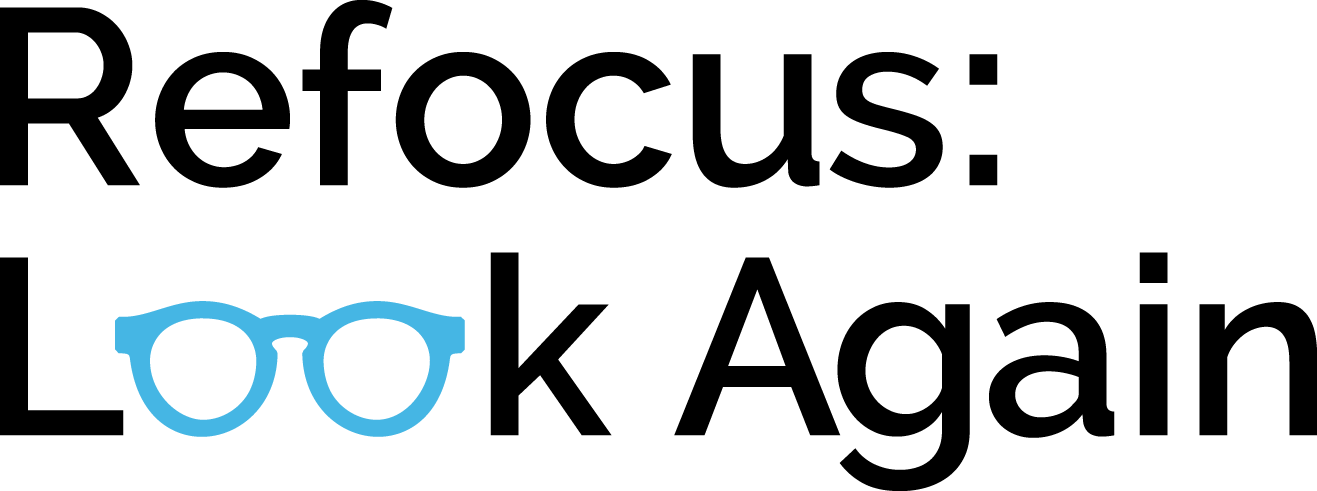"'10,000 Americans turn 65 every day. Geriatricians are in increasingly short supply. So medical schools have begun teaching all students how to care for an aging population. Tackling ageism is a big part of it. ‘You need to make sure students basically like older patients. See them as individuals worthy of love and care.'"
To improve minority mental health, research must put patients first
“One of our greatest challenges is in helping patients in minority communities live with serious mental illness. One in six U.S. adults has an illness like depression, bipolar disorder, or anxiety disorder, but African Americans are 10 percent more likely, and Latinos 40 percent more likely, to experience serious psychological distress than non-Hispanic whites. And those minority populations are only half as likely to receive needed treatment or counseling as non-Hispanic whites. Statistics are even worse for American Indians and Alaska Natives… So how do we make a dent in these discouraging statistics? It will require a multi-pronged approach.” Click the title to access the full article from The Hill.
Mental Health: Culture, Race, and Ethnicity
How Schizophrenia Became a Black Disease: An Interview with Jonathan Metzl
“Before the 60s, Ionia doctors viewed schizophrenia as an illness that afflicted nonviolent, white, petty criminals, including the hospital's considerable population of women from rural Michigan… By the mid- to late-1960s, however, schizophrenia was a diagnosis disproportionately applied to the hospital's growing population of African American men from urban Detroit. Perhaps the most shocking evidence I uncovered was that hospital charts "diagnosed" these men in part because of their symptoms, but also because of their connections to the civil rights movement.” Click the title for the entire article by Psychology Today.
Welcome to Barbershop Therapy
Infographic: Minority Mental Health
Click the title to check out this infographic on minority mental health by Mental Health America. It breaks down the U.S. population by race/ethnicity, the prevalence of mental health and substance use issues among minorities, barriers to getting help (hint: stigma), and some interesting trends in mental health screening.

